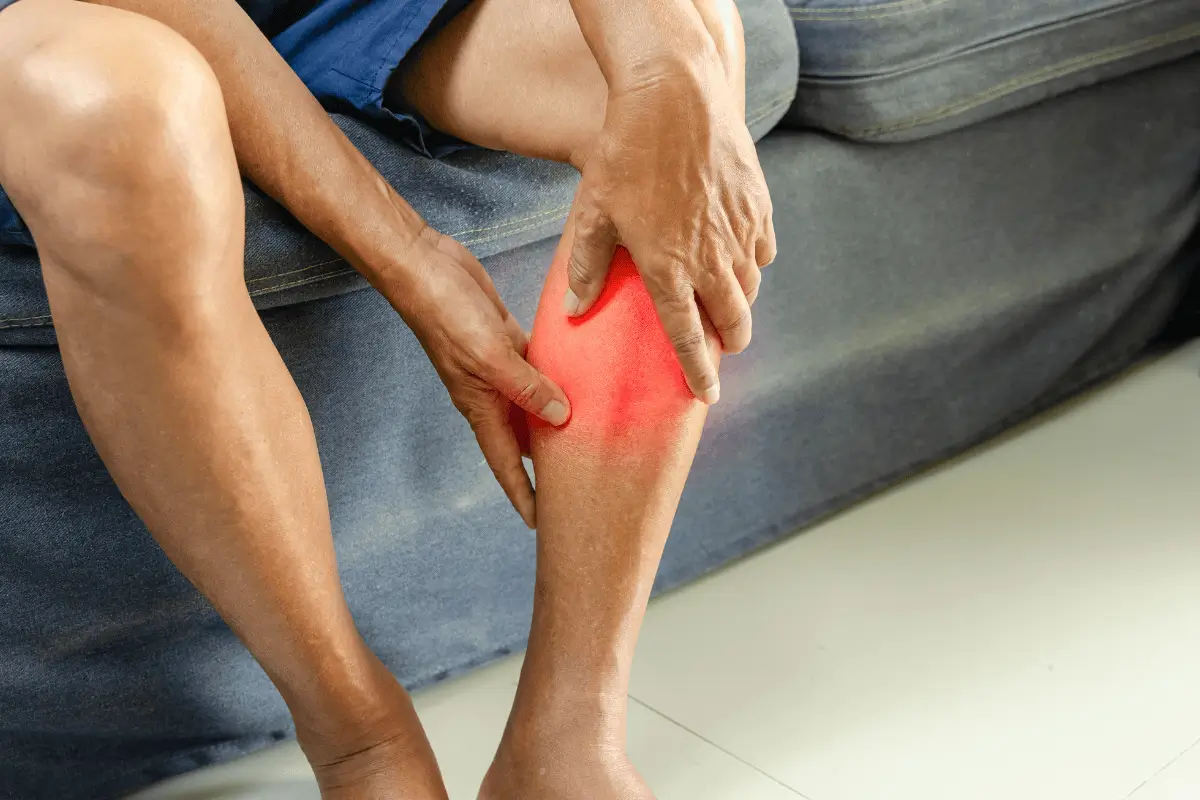Article written by Mérédith Noël, Call Coordinator at Brio PAE
Pain is a common thing. It can be described in all sorts of ways: mild, transient, periodic, daily, etc. But it can also be a warning signal from our body. It can, however, be a warning signal from our body, and it can also become persistent. Here, we’ll be talking about physical pain.
Pain is said to be chronic when it persists over time, or beyond the usual recovery period. A spiral of emotions and discomfort must be managed on a daily basis for a person struggling with pain. The individual may experience a loss of self-esteem, isolation, job loss, a sexual problem, rejection, prejudice, separation, suicidal thoughts and so on. The person’s condition should not be trivialized, as it is often caught in a vicious circle, with body and mind interrelated. Pain leads to reduced physical capacity, which impacts on work and social activities, and is sometimes just the tip of the iceberg.

Pain is not always visible
Such as a cast, a bandage or a mobility aid. Although you may know someone who complains of pain, there are many people who are very good at hiding their pain, as if everything were fine. It’s important not to minimize or trivialize a person’s pain, because each person experiences it in their own way, depending on where it comes from, their lifestyle, and so on.
Are there any solutions for individuals struggling with this condition?
There’s a lot of hope in research, and of course we’re back to basics once again: healthy living. We can’t say it often enough: eating well and being active are two pillars, two important foundations.
According to the World Health Organization, physical inactivity is one of the main risk factors for mortality from non-communicable diseases and other health problems. Non-communicable diseases (myocardial infarction, stroke, cancer, diabetes and chronic respiratory diseases) are responsible for almost 74% of deaths worldwide. People who are insufficiently physically active are 20% to 30% more likely to die than those who are sufficiently active.

Regular physical activity is associated with a number of benefits
In children and adolescents, it improves physical fitness, cardiometabolic health, bone health, cognitive performance and mental health, and reduces body fat.
In adults and the elderly, it reduces the risk of all-cause mortality as well as cardiovascular disease mortality, incident hypertension, incident localized cancers, incident type 2 diabetes and falls, plus it improves mental health, cognitive health, sleep and measured body fat.
Here are a few tips to help you get active
Choose an activity that you enjoy and that suits your personality. Go for it according to your preferences: an activity that can be done alone or in a group, indoors or outdoors, with a fixed or variable schedule, etc.
- Set yourself a goal: relax, correct your posture, improve your physical condition, meet a personal challenge, etc.
- Make sure you have the physical and financial capacity to engage in your chosen activity.
- Walk every chance you get:
- Walk to work, or park your car a little further away than you need to and walk back.
- If you’re traveling by bus, get off a few stops before arriving at your destination and walk the rest of the way.
- Use the stairs instead of the elevator, or get off the elevator 1 or 2 floors before the one you’re going to.
Remember the importance of taking small steps and respecting your limits. It is possible to reduce and sometimes even eliminate chronic pain. However, it is essential to be accompanied by professionals and to follow the recommendations of your doctor and pharmacist.
